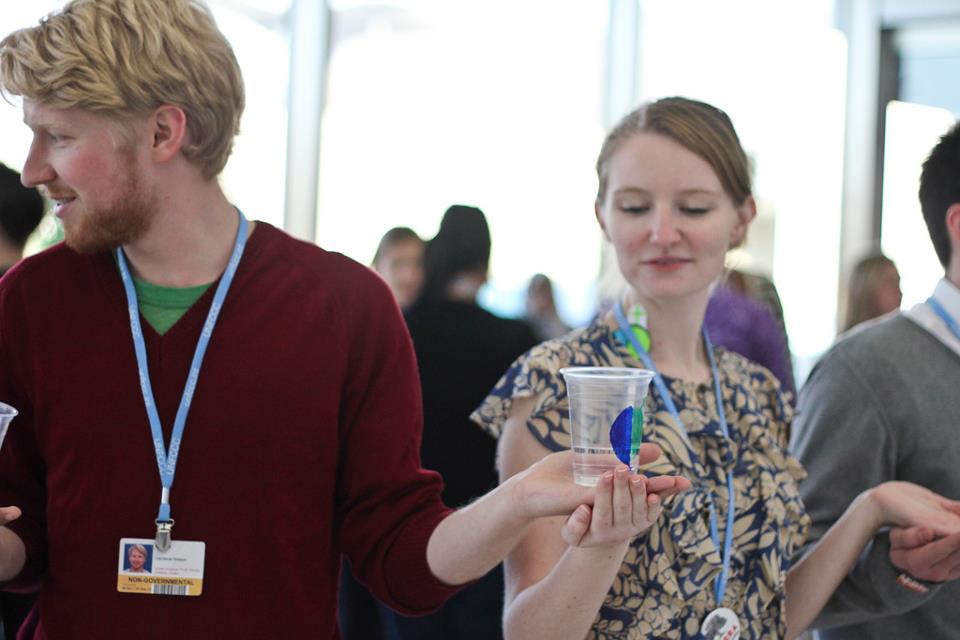I was 19 years old when I joined my delegation of U.S. youth activists with the Sierra Student Coalition in preparations for the 18th conference of the UNFCCC - COP18 - in Doha, Qatar. Five years later, I found myself navigating the same space in Bonn, Germany for COP23 for my sixth Conference of Parties (COP). A lot has happened since then in both my life and in the political landscape inside and outside of the COP space. What has remained the same is the strong need for increased gender equality at the UN Climate Negotiations and feminists leading the way with solutions.
The United Nations Framework Convention on Climate Change (UNFCCC) was established in 1992 at the Rio Earth Summit. But it wasn’t until nearly twenty years into the process that women and gender really got traction. This happened at my first COP in Doha. We pushed for gender equality in the representation of women negotiators at the COP. At the time, the average percentage of women participating in the negotiating process hovered around 31 percent. With the Women and Gender Constituency, we pushed and advocated for gender parity at the table. And we did it. The decision, sometimes referred to as the “Doha Miracle”, helped to usher in higher numbers of women at the table- jumping from approximately 31% between 2006-2012 to 36% in the subsequent year.

Since the initial increase in women decision makers in the UNFCCC following the Doha gender decision, we’ve seen a sharp decrease in the past two years from 36% to 32%. As feminist climate activists, we in the Women and Gender Constituency know that in addition to having more representation at the table, we need to have gender throughout all aspects of the climate negotiations. Thus, the Gender Action Plan was born. The four main demands of the constituency call for capacity building, sex and gender disaggregated data and analysis at all levels, meeting the goal of gender balance, and gender-responsive finance. In order to get the word out we got physical. On the day the Gender Action Plan negotiations opened, we staged a dance aerobics class with our key demands outside of the negotiating room to educate negotiators about what they needed to commit to.
Two weeks at the table and we have a decision -- a robust Gender Action Plan -- the strongest gender policy that’s been passed by the UNFCCC. The new Plan will provide a platform to amplify the work that women are already leading in the fight against climate change. COP23 is truly a landmark year for gender equality in climate change negotiations.
But more work is yet to be done. In the negotiating for the Gender Action Plan, Mexico proposed language around a just transition. Countries such as the United States, Canada, and Australia argued that they would not allow something so political to be brought into the Gender Action Plan -- something they considered to be quite politically fraught already. These countries blocked the motion to make justice-centered elements of the plan strong. Gender justice and climate justice cannot be actualized without real, concrete actions from developed nations to do more than add female negotiators to their teams. The Gender Action Plan may be a victory, but we still have work to do to win! We know that feminists have the knowledge to tackle climate change and we will keep fighting!
Tl;dr: COP23 has been a historic year for gender equality. Take a look at this graphic below:
